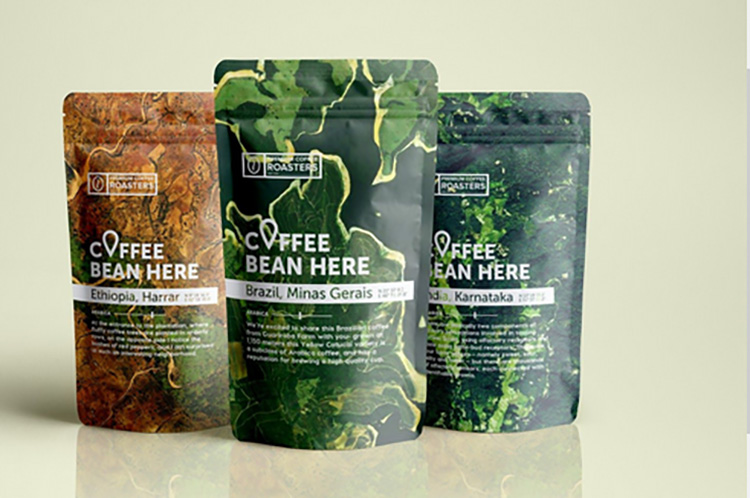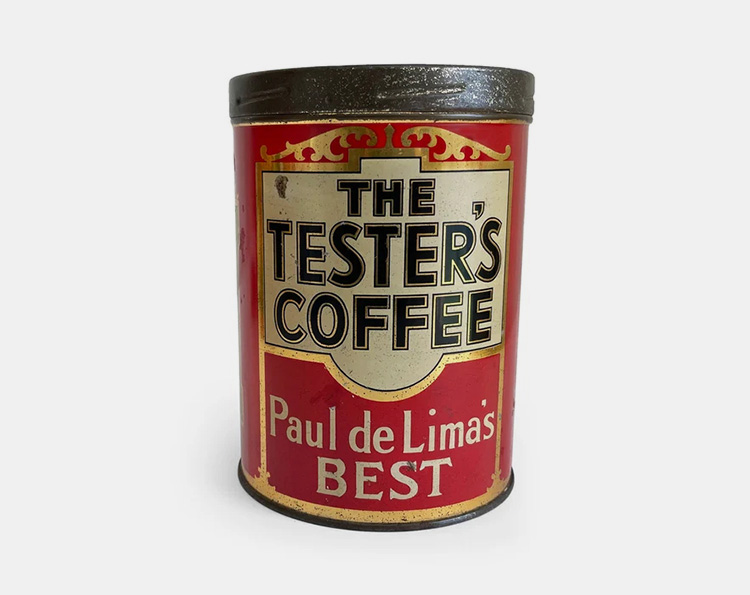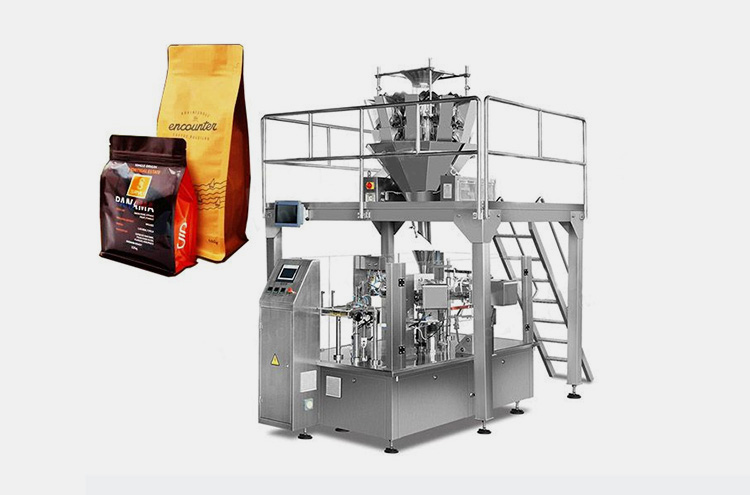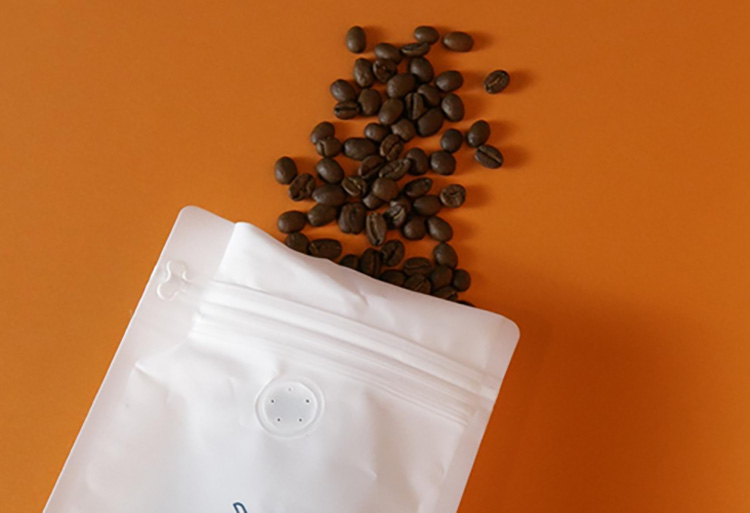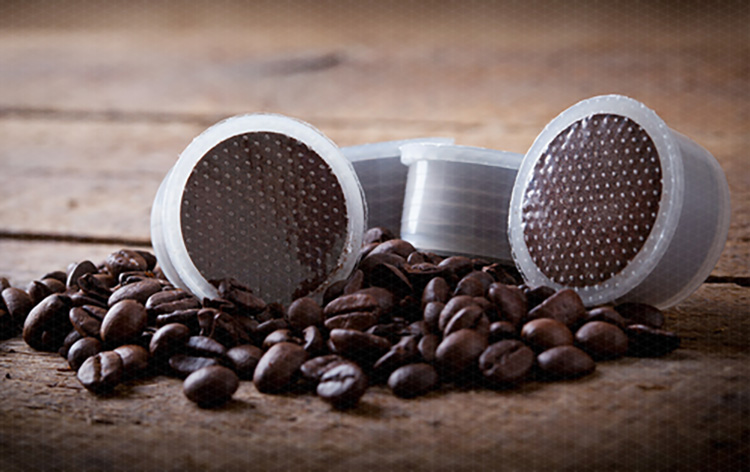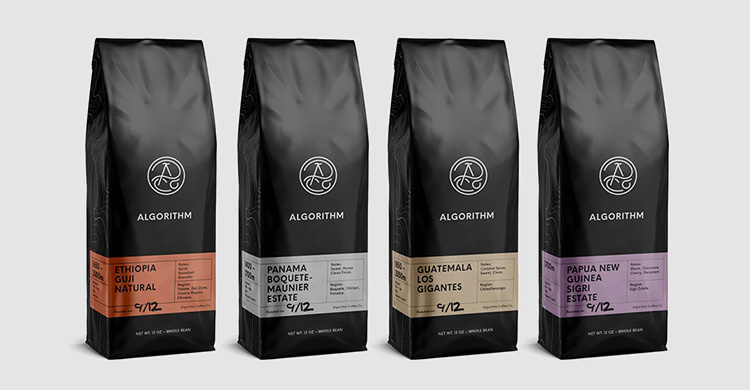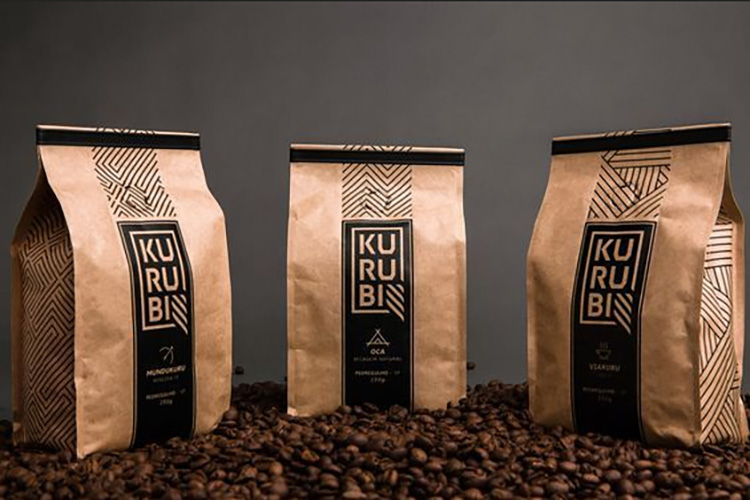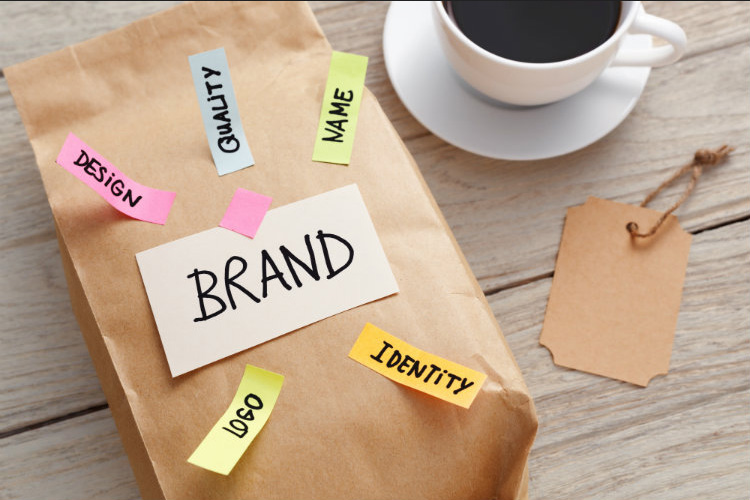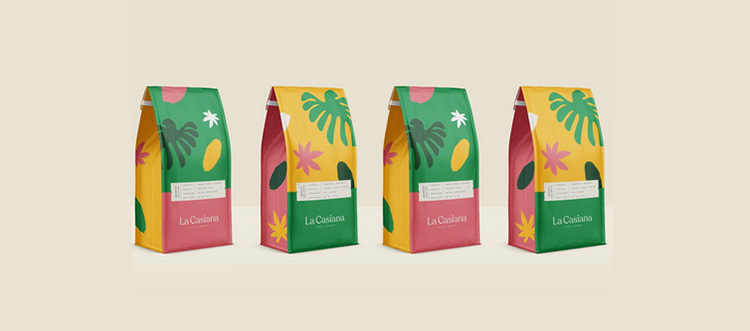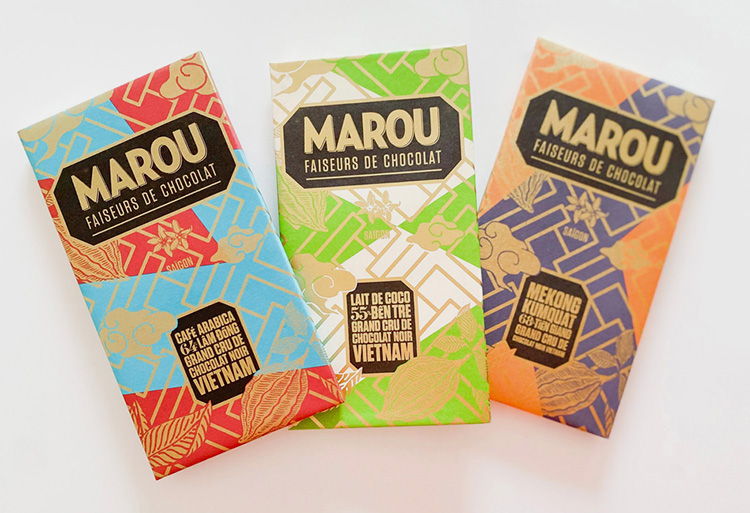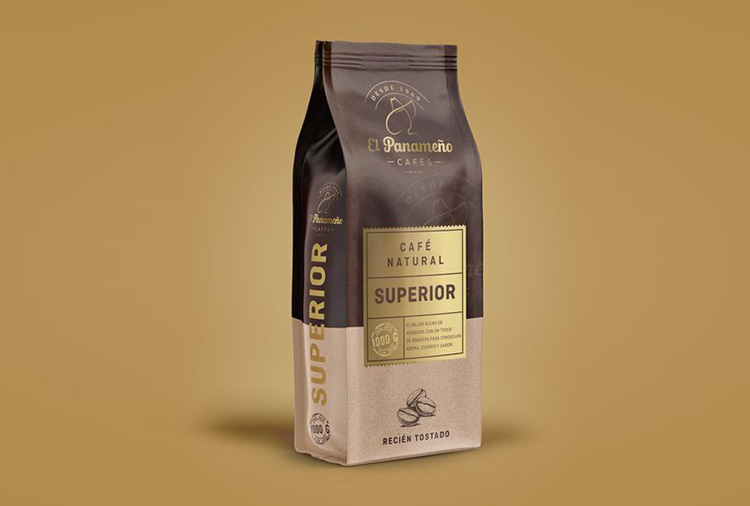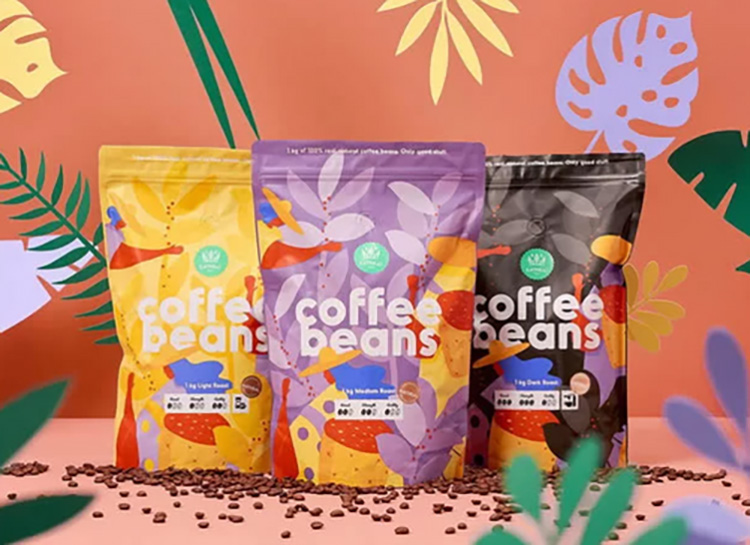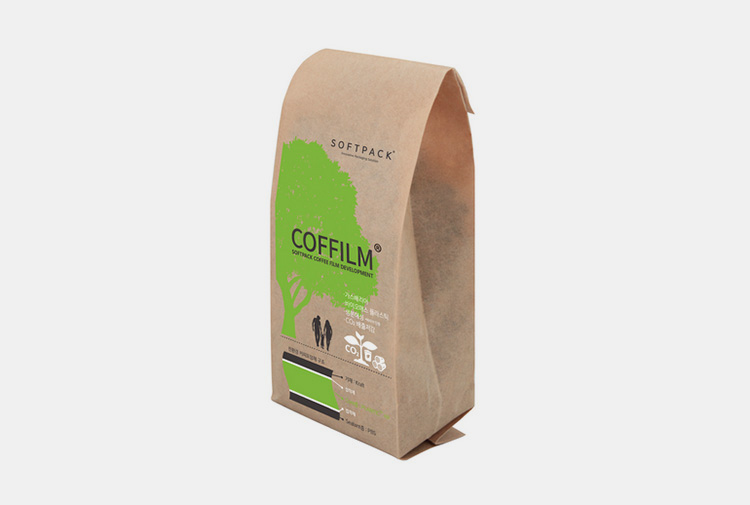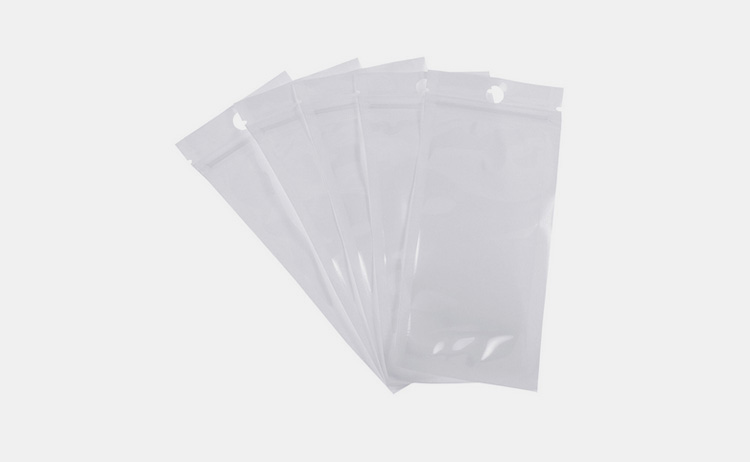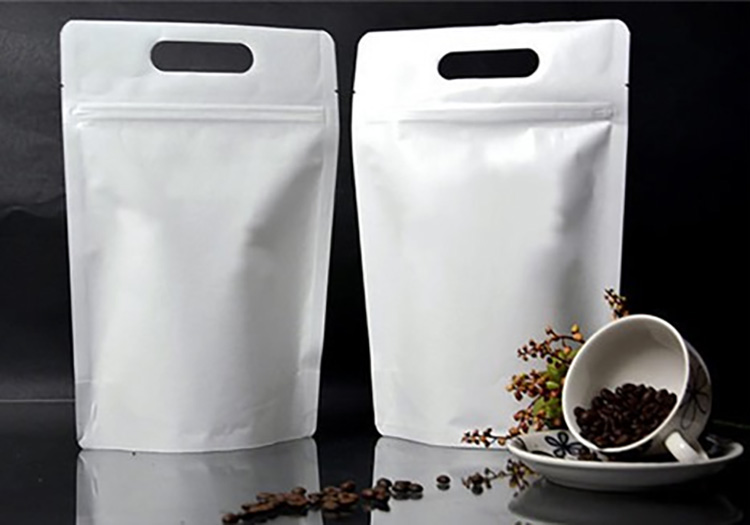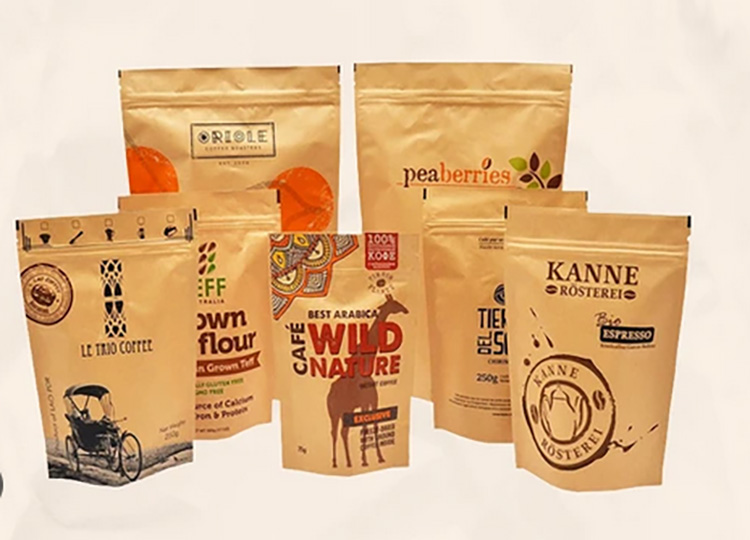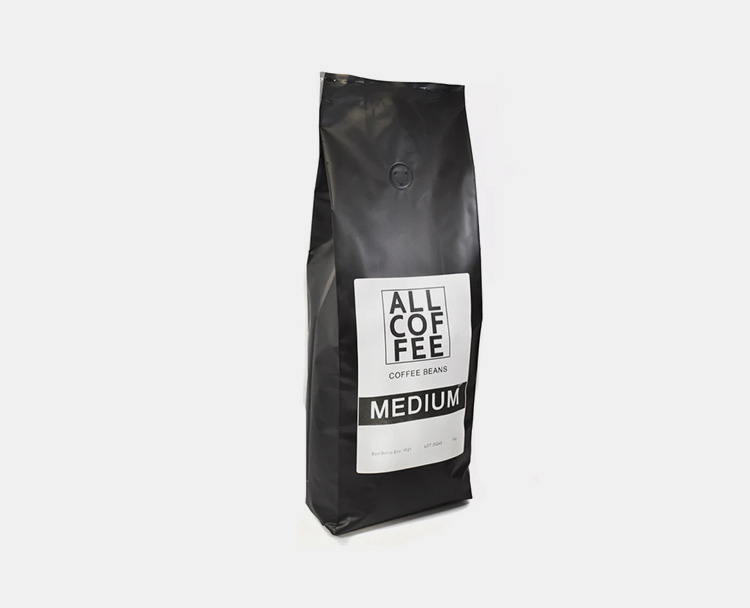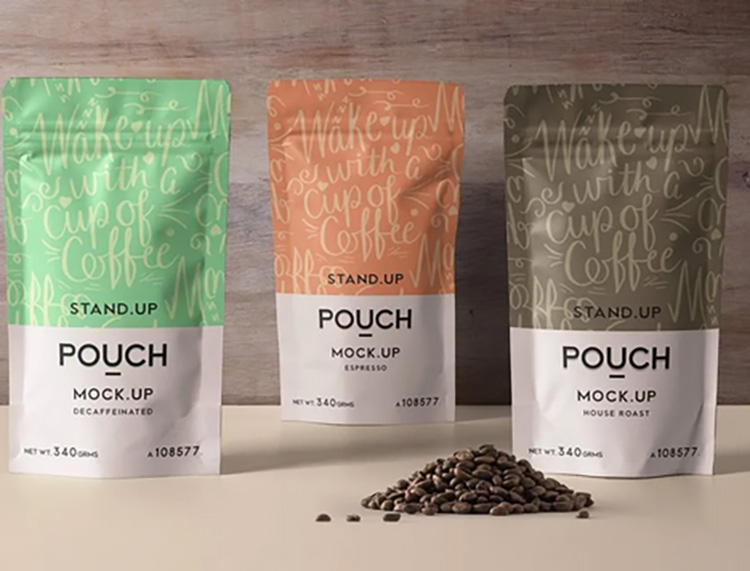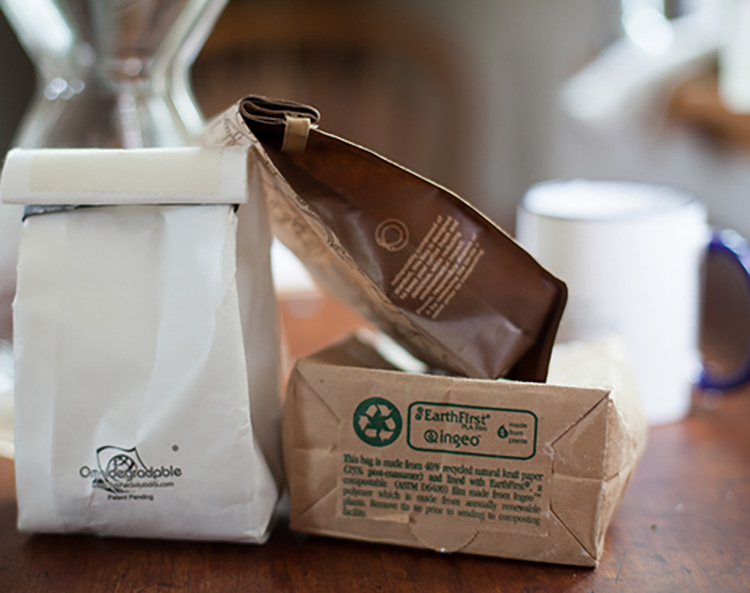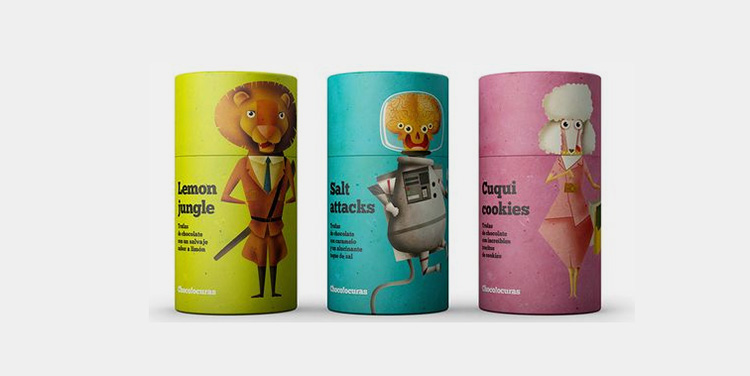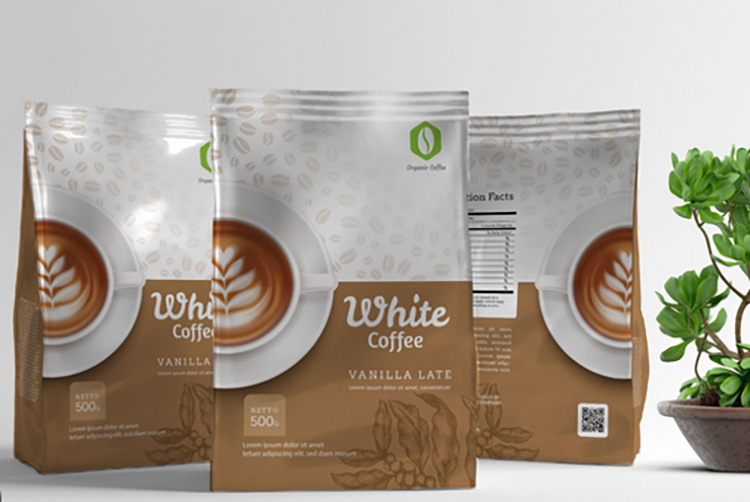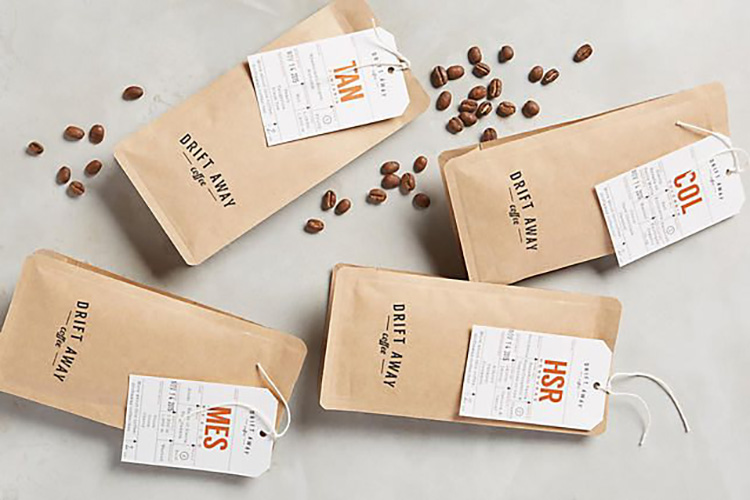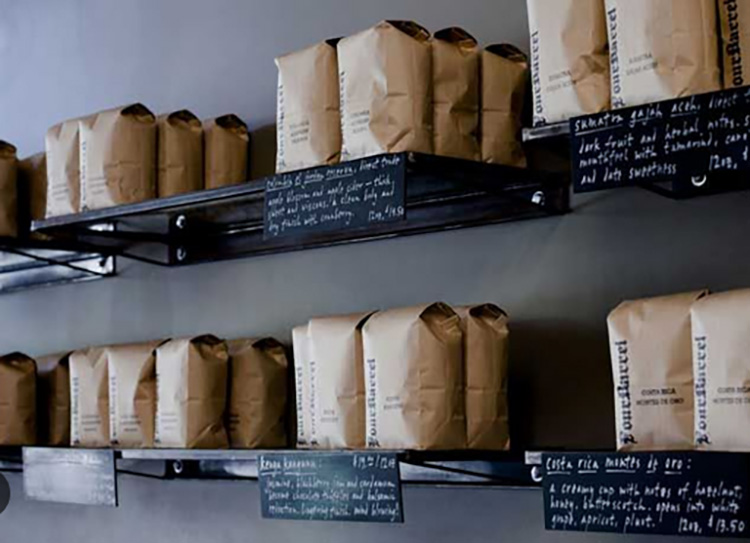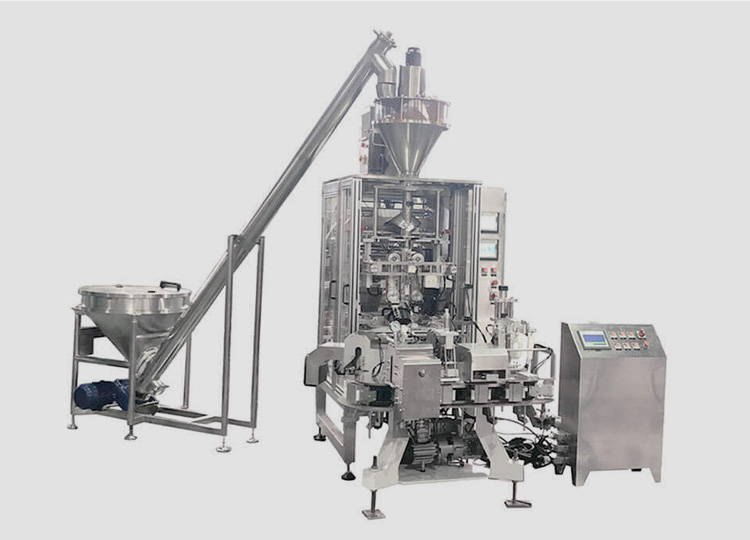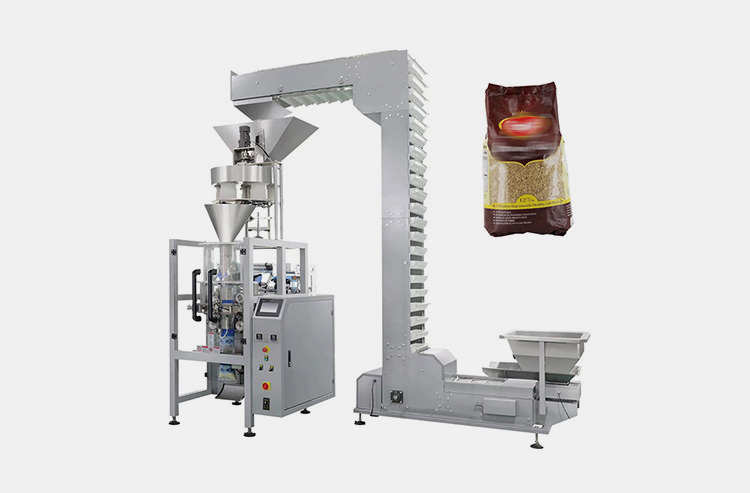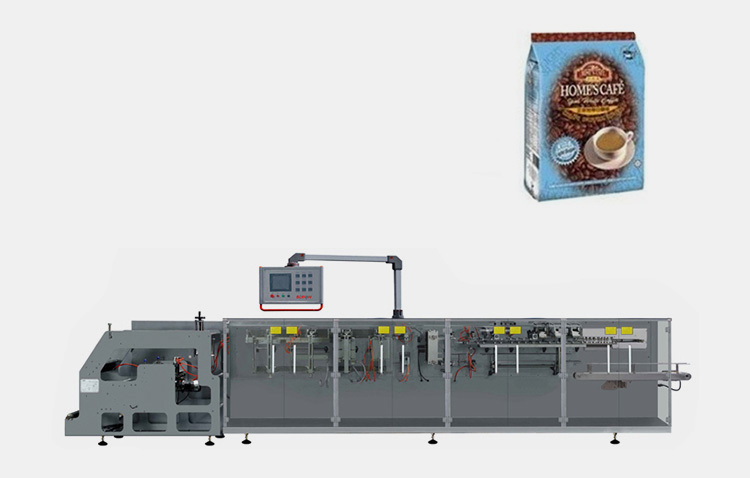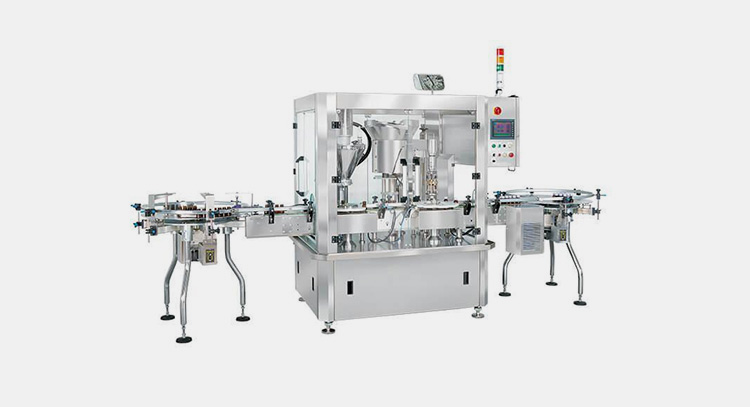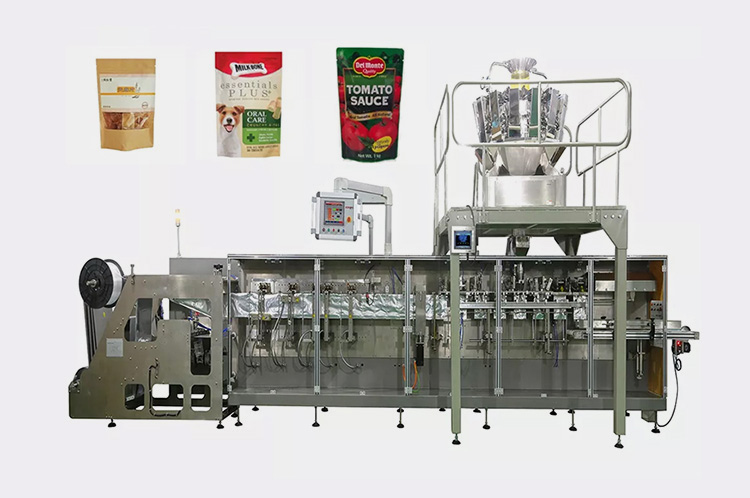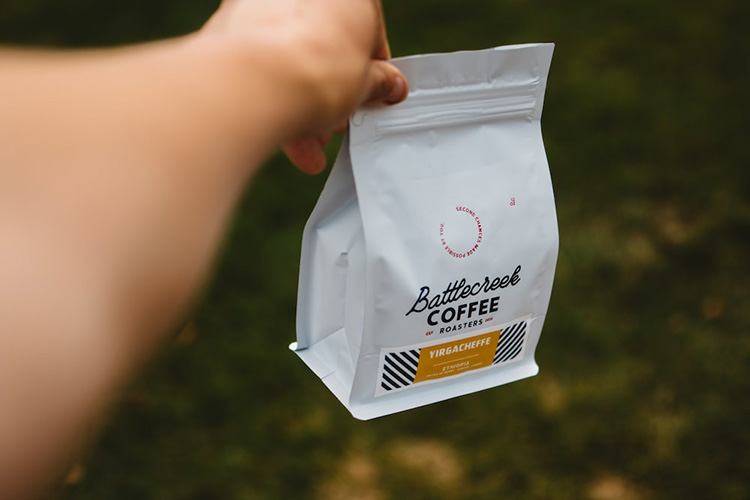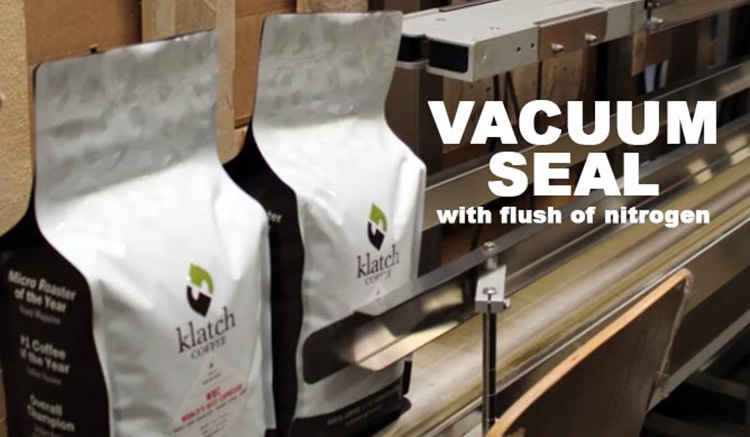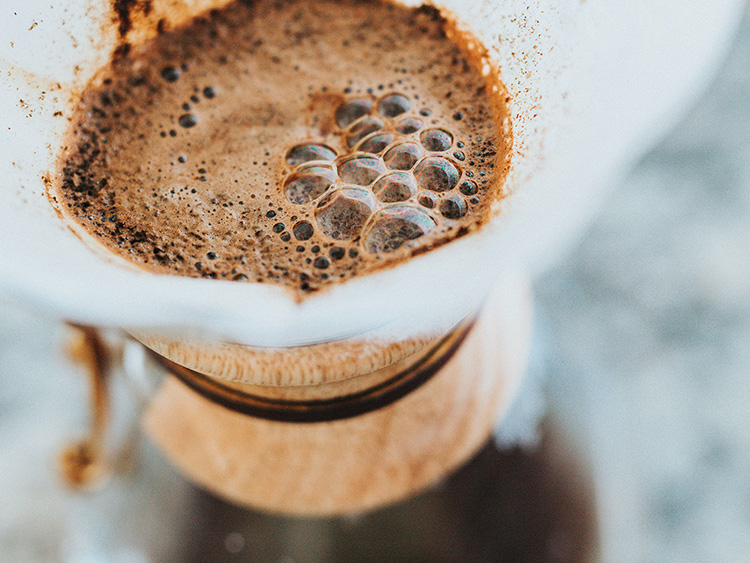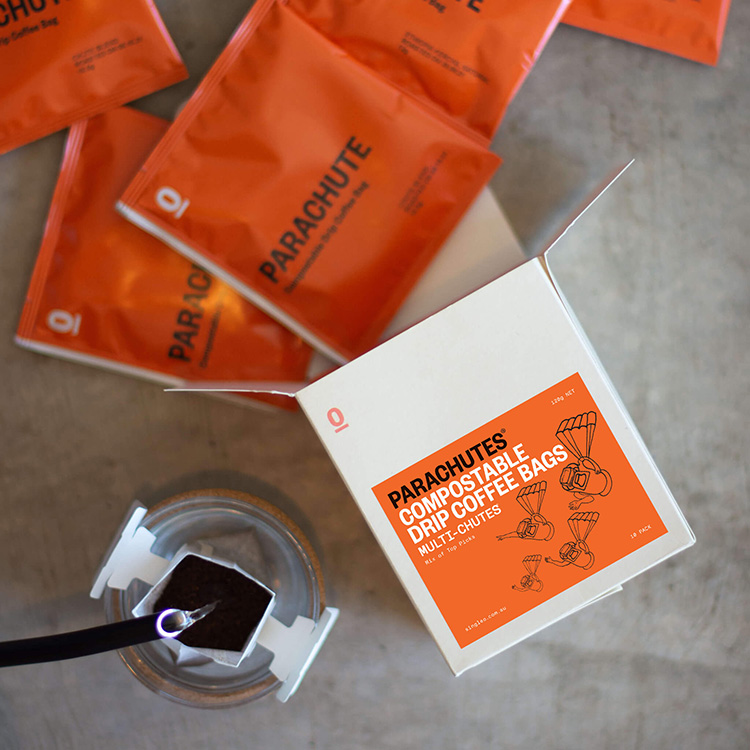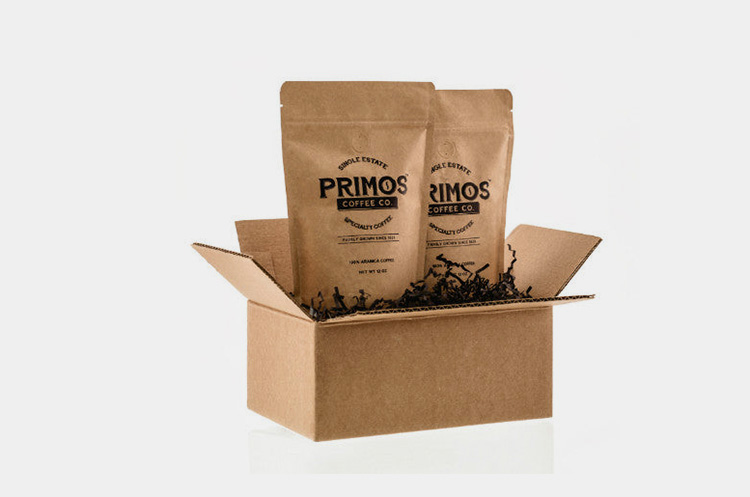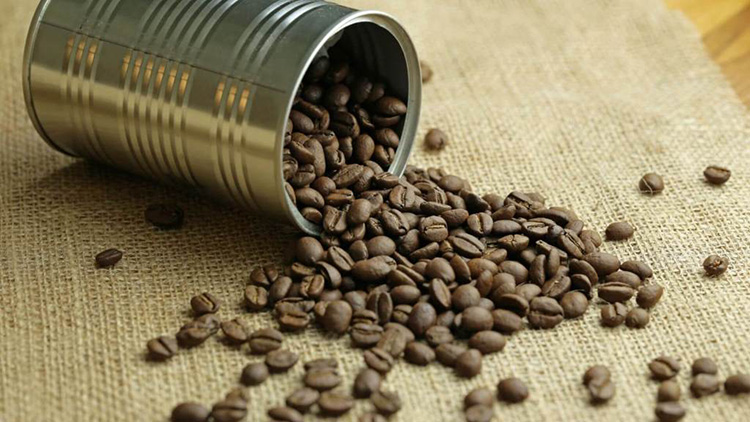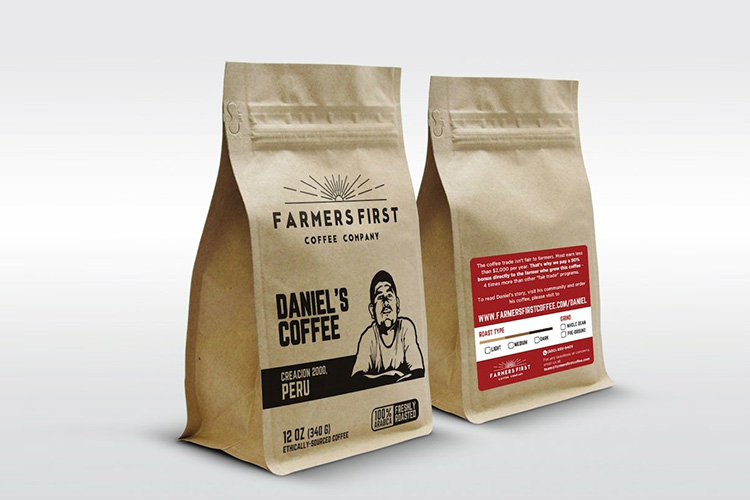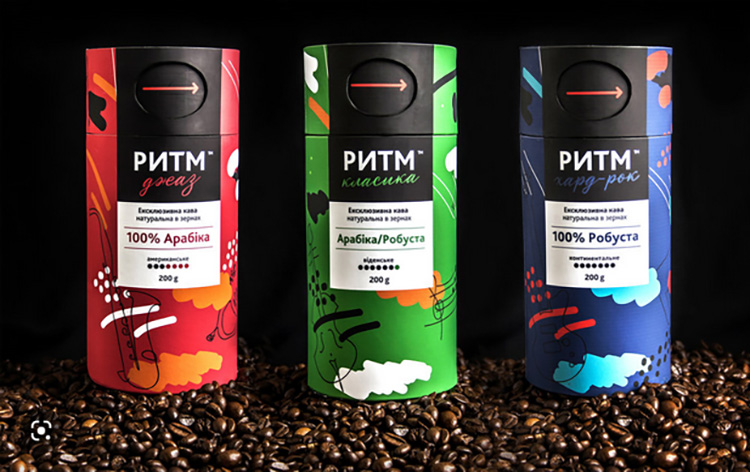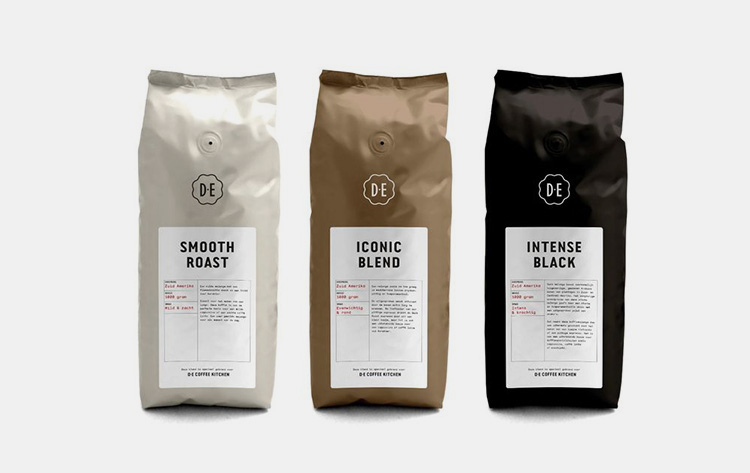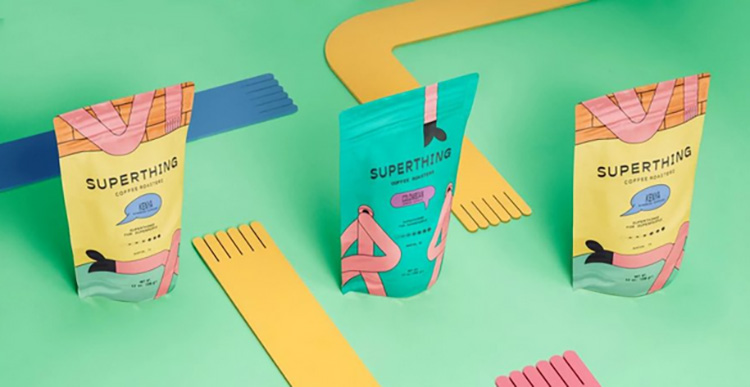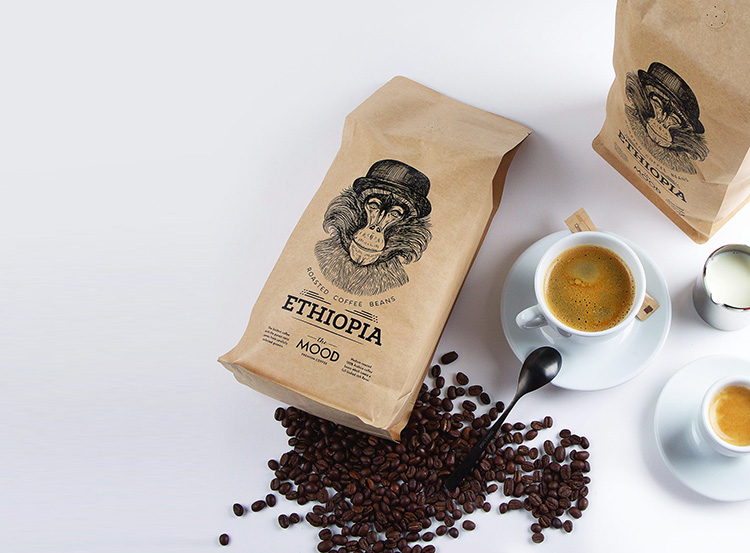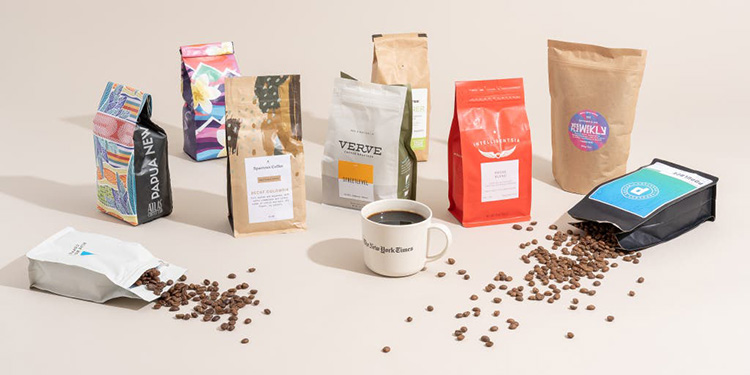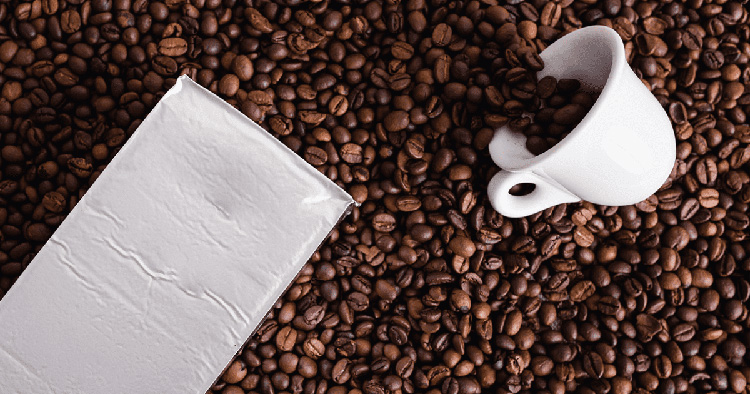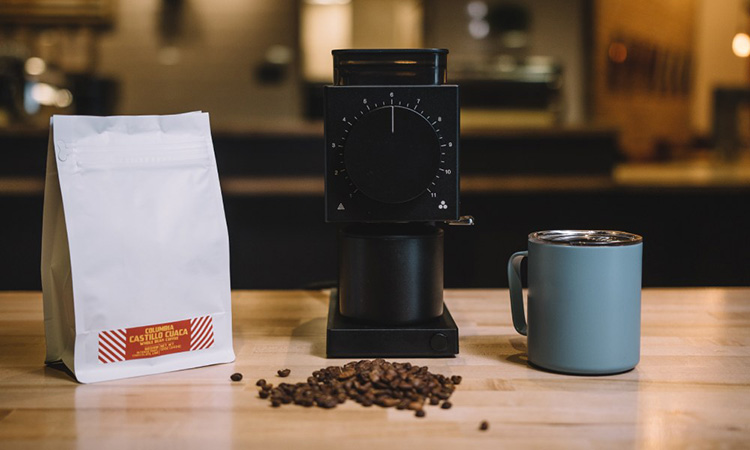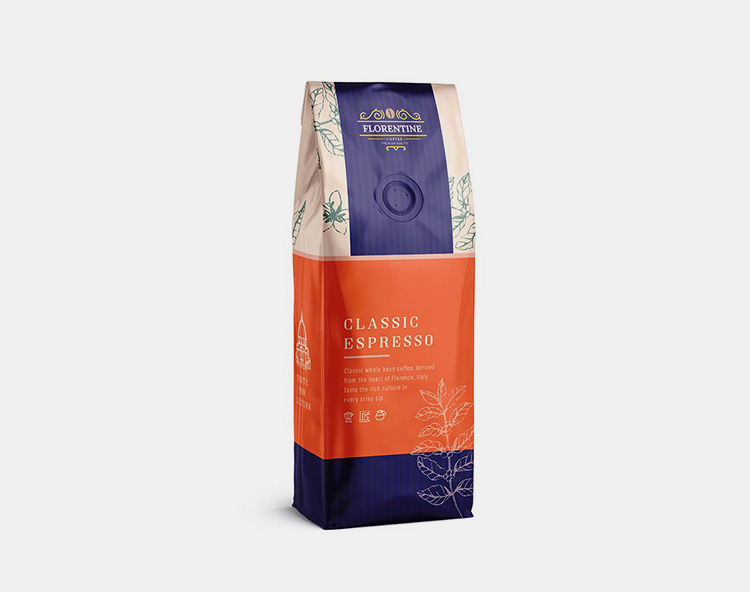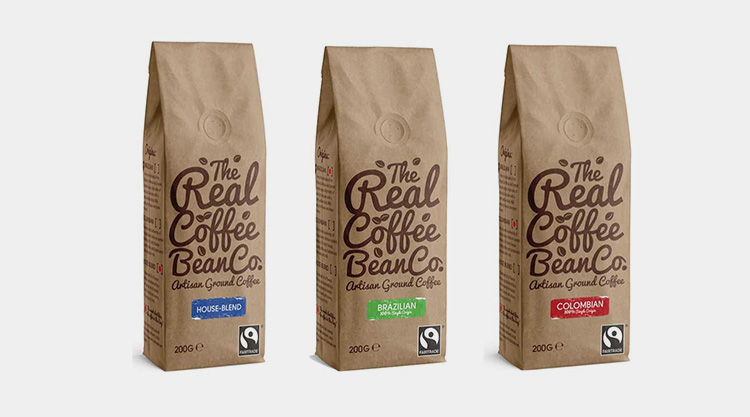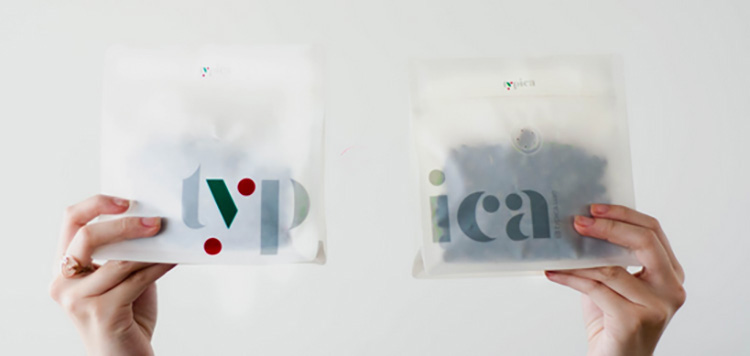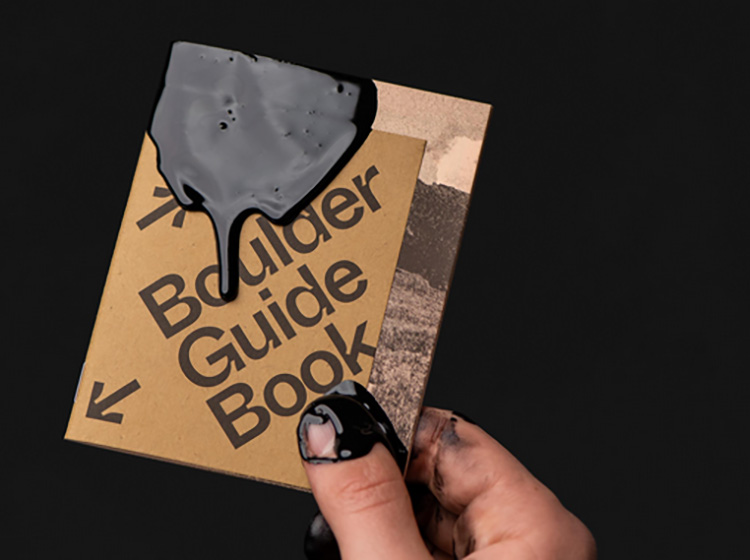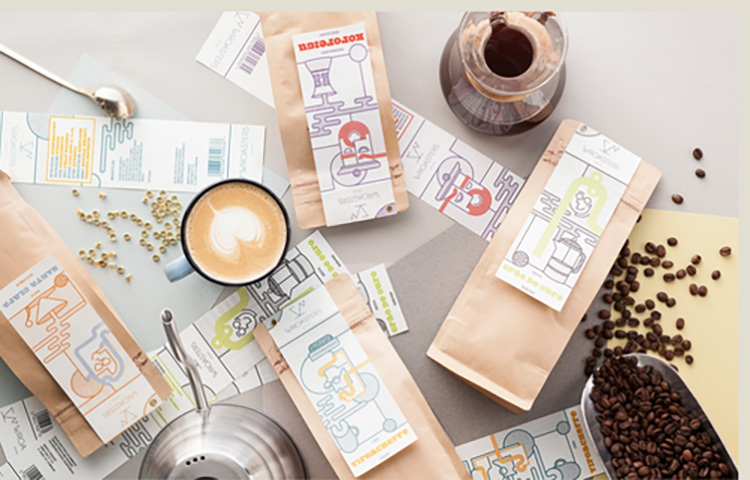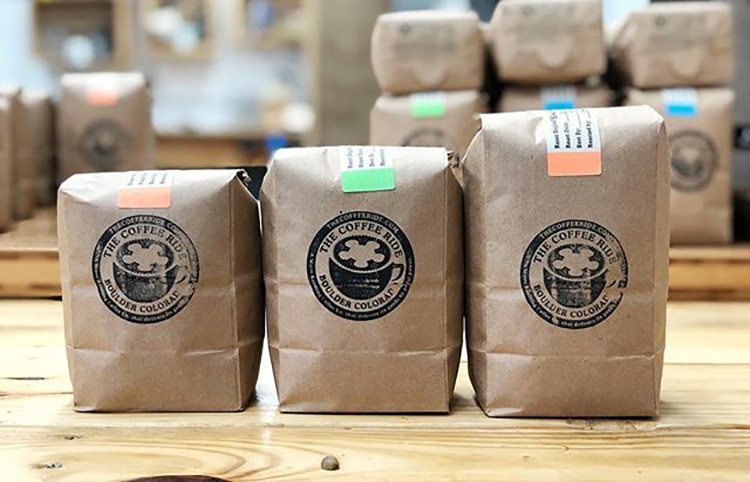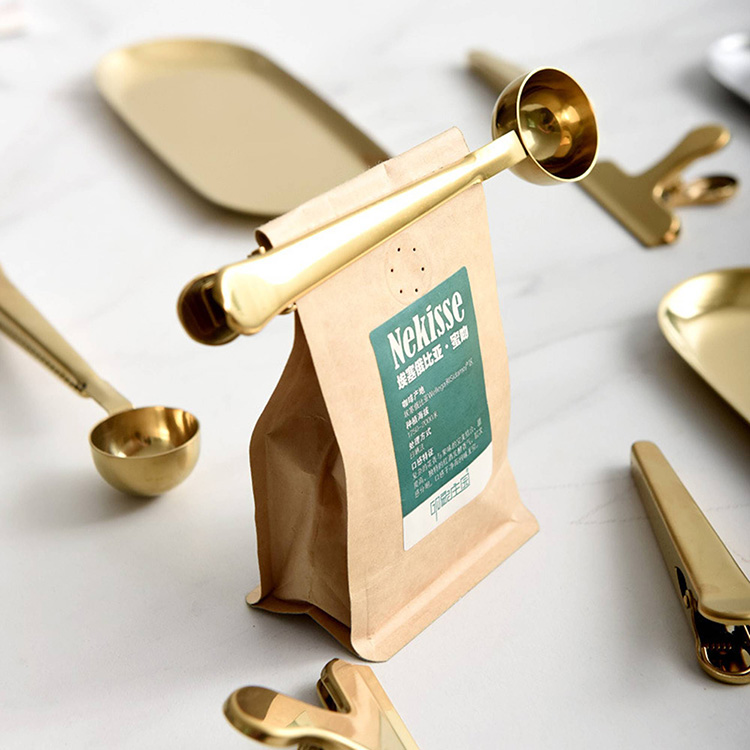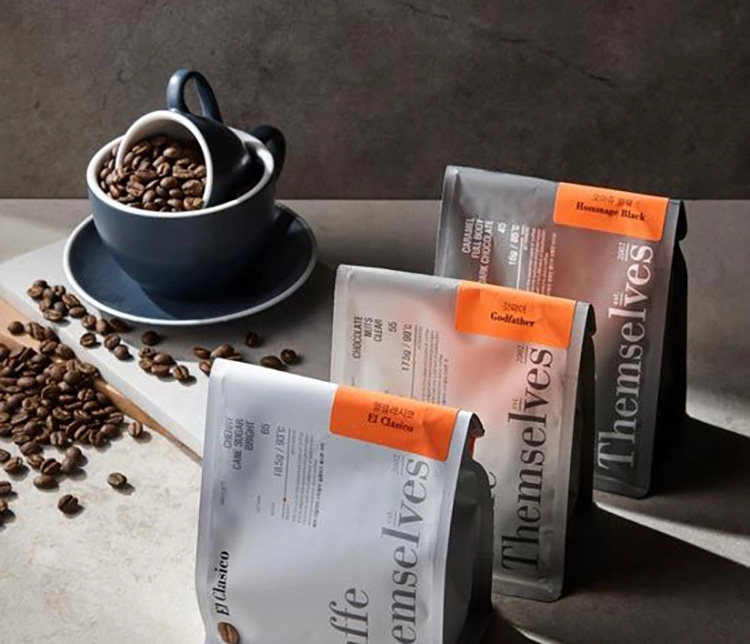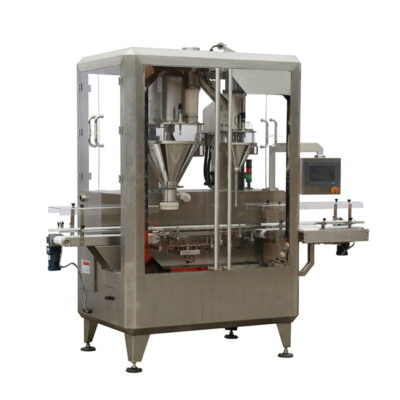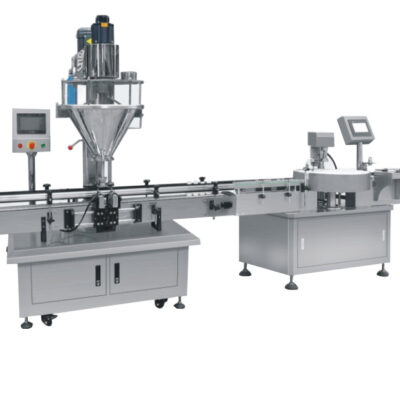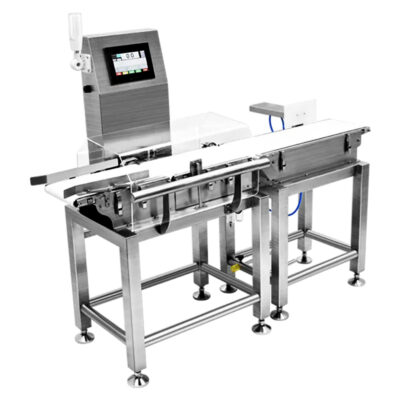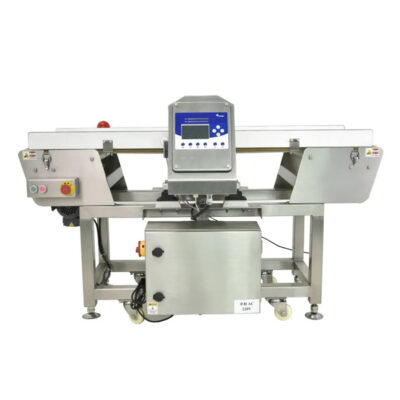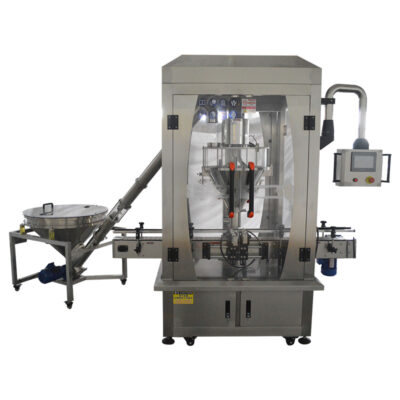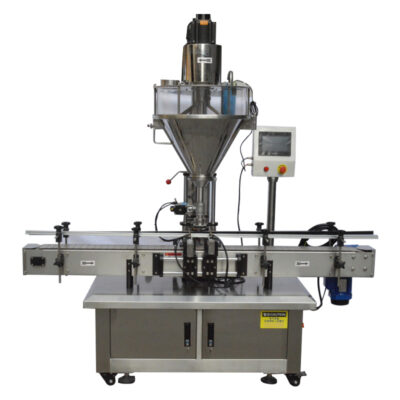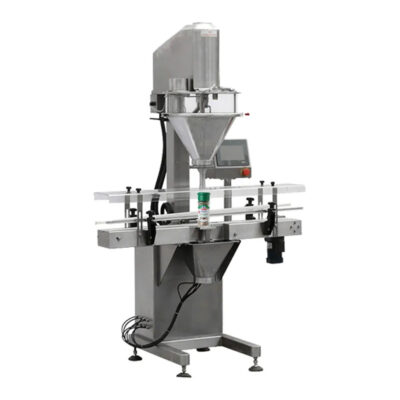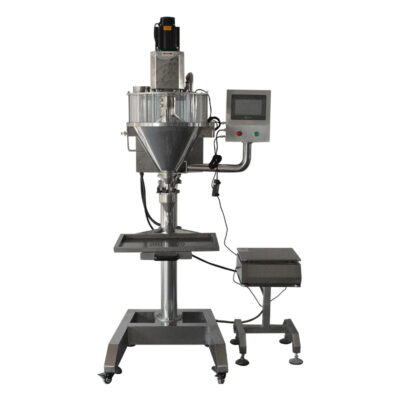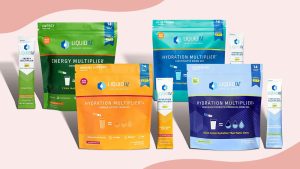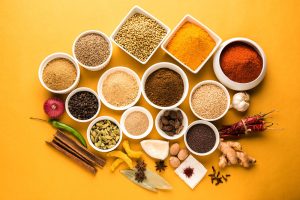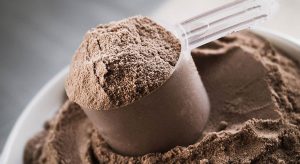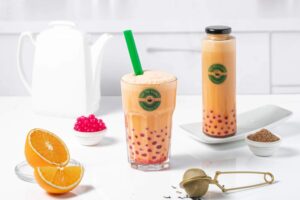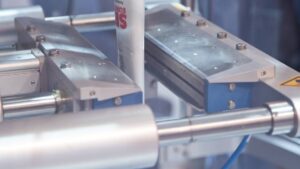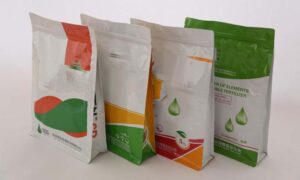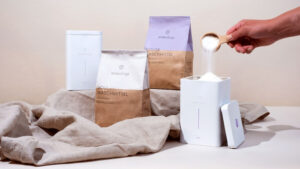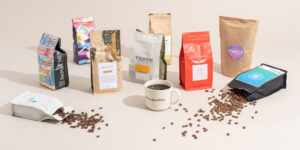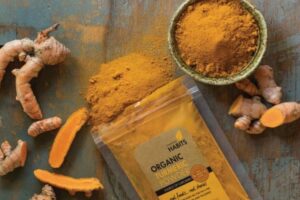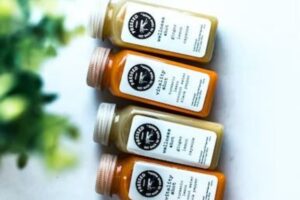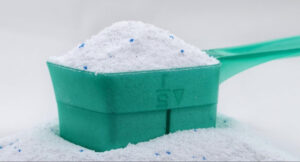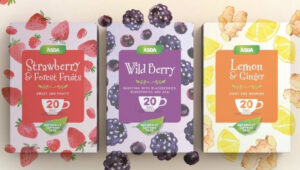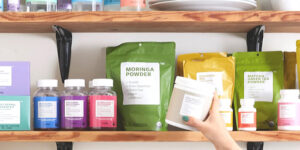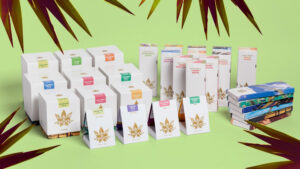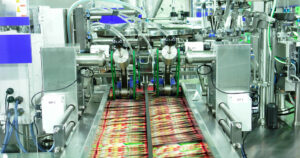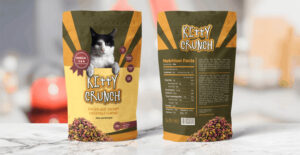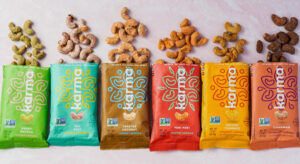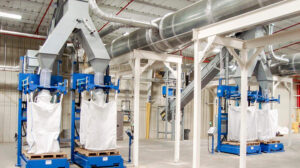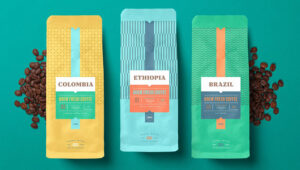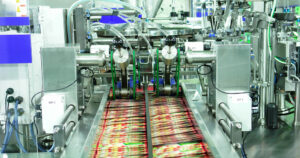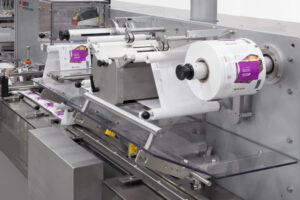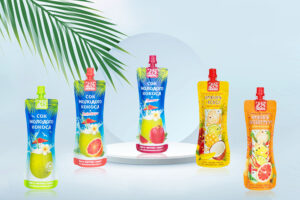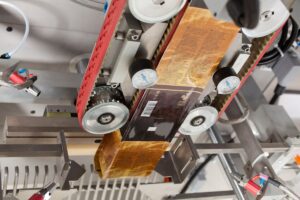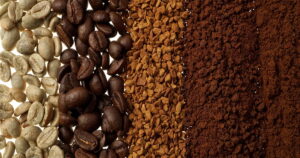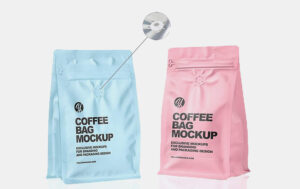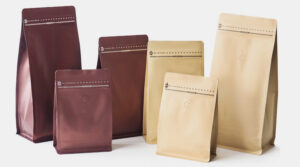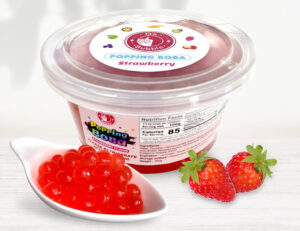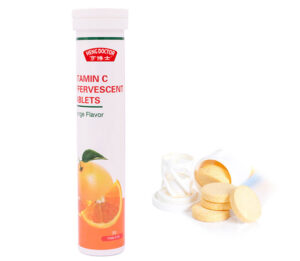Coffee Bean Packaging: The Complete FAQ Guide In 2024
Coffee beans are the most popular beverage second after tea. About 63% of Americans drink one cup of coffee daily.
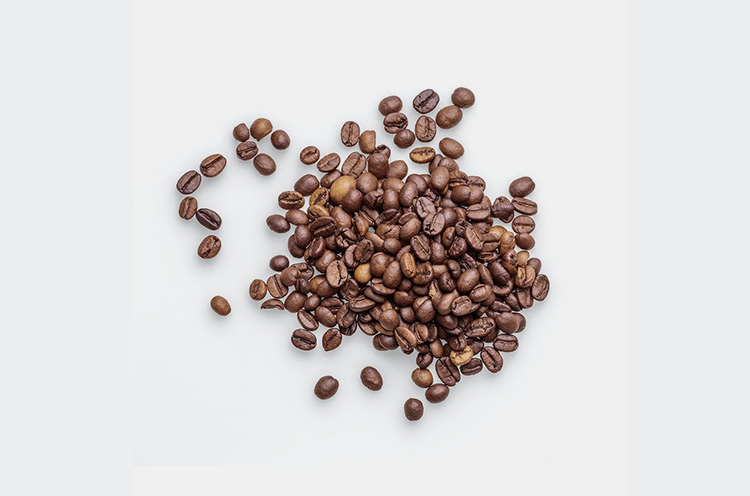
To maintain its fragrance, taste, and freshness coffee beans must be packaged in airtight containers.
In 2021, the market of coffee bean packaging was about 747 million USD. In order to target right audience, brand owners are always hard at work to develop cost-effective, superior quality, and creatively manufactured packaging solutions.
Let’s dive into this guide for understanding mesmerizing world of coffee bean packaging.
1.What is Coffee Bean Packaging?
It is the process in which roasted or unroasted coffee beans are enclosed inside the covering made of aluminum, plastic, and paper to uphold the taste and aroma of coffee beans.
Light, water content, and oxidative conditions are the main culprits that degrade freshness and flavor of coffee beans. The packaging materials are essential in protecting coffee beans against various environmental conditions.
2.How Is Coffee Bean Packaging Developed?
Tantalizing coffee beans were discovered in 850 AD in Ethiopia. Soon world is hooked on this flavorful beverage mostly due to its packaging which seals freshness of coffee beans.
Some important history moments in coffee bean packaging are:
Beginning of Coffee Bean Packaging
In 1720, French devised a way of packaging ground coffee beans in bags manufactured from greased leather bag with beeswax coated on exterior. In 1790, roasted coffee beans are packed and sold in narrow necked pots over America.
Bryan Donkin and John Hall introduced in 1812, first coffee bean can packaging.
Invention of Coffee Bean Packaging Machine
First coffee bean packaging and sealing machines was invented by Henry Smyser in USA. New England Automatic Weighing Machine Company produced coffee bean weighing and carton packaging machines in Boston.
Freshness Comes First
Vacuum packaging for preserving coffee bean freshness was invented in 1900 by R.W Hill. The revolution commenced in 1960 by introduction of degassing valve for coffee bean packaging.
Evolution of Single-Serve Capsules
Espresso pods were invented in 1974 by Ernesto Illy for convenient home-based espresso brewing. Patent for coffee capsules was granted to Eric Favre in 1976.
3.What Are The Objectives To Use Coffee Bean Packaging?
There are several reasons due to which coffee beans are packaged. These include:
Superior Barrier
Packaging materials serve as a good resistant layer against oxidative conditions, moisture content and UV rays. Oxygen is arch-enemy of fresh coffee beans and their fats tend to rancid under oxidative conditions.
Prevention of Roost Escape
Green coffee beans transform into brown ones by chemical reaction. These brown beans are bursting with flavor and aroma however; chemicals in them are unstable and are likely to vaporize in open air. By packaging coffee beans this evaporation can be avoided.
Brand Promotion
Brand awareness and promotion is important feature of packaging. By adding details about values and success story on packaging, brand owners made their products recognizable hence increases chances of purchase.
Easy Transportation
Bulk amount of coffee beans are packaged in various containers for easy transportation and shipment to far and wide areas of the world.
Protection against Mechanical Damage
One of the crucial benefits of packaging is their protection. Packaging is necessary in preventing spoilage of coffee beans by vermin, microbes etc., as well as their mechanical harm.
4.What Are Different Coffee Bean Packaging Formats?
There are variety of packaging formats for coffee beans out there in market, each having its own diverse designing and advantages. Some main kinds of packaging format are discussed below:
| Gusseted Pouch | These are popular packaging styles for coffee beans in 1990s and 2000s. These pouch style are moderately priced but their narrow opening make it difficult to pack coffee beans. | 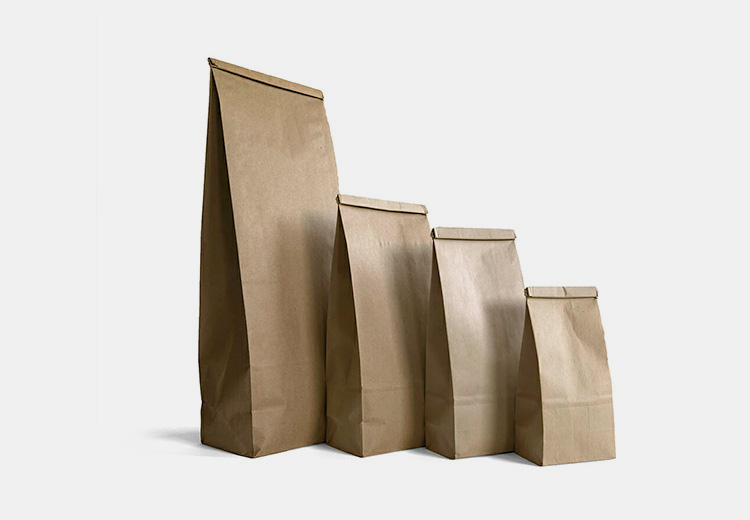 |
| DoyPack or Standup Pouch | It has round base but are rectangular at the top. It has upright standing at retail shelves thus increase product visibility. Convenient reclosable zipper and locks make it the most preferred choice for packaging coffee beans. | 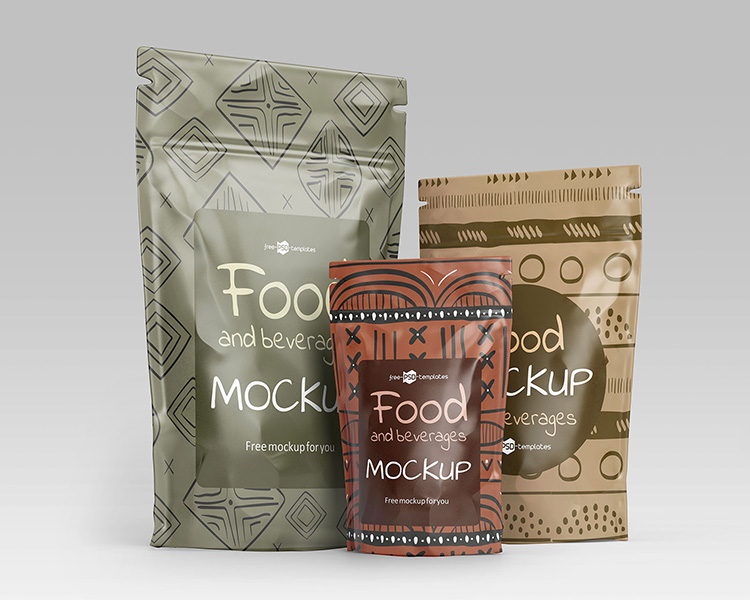 |
| Side Fold Pouch | It is folded or rolled up at the top for resealing purpose. Label and ties are used for holding its folds. They are routinely employed for packaging bulk amounts of coffee beans for retail packaging. However, they do not stand upright. | 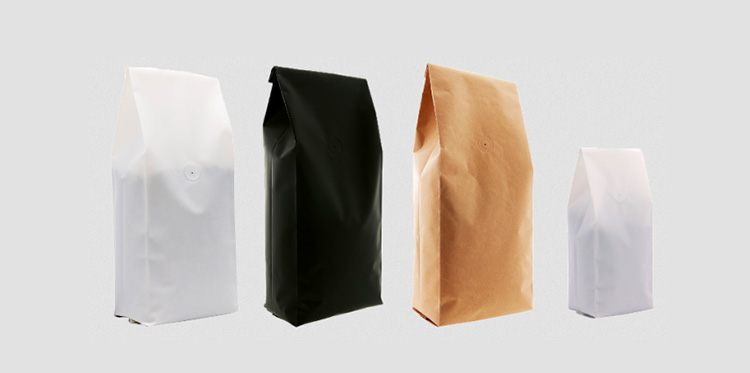 |
| Box Pouch or Flat Bottom Pouch | This pouch has box like appearance due to its rectangular flat base. It comes in variety of sizes and designs with number of resealable options. This bag is great option for display purposes. | 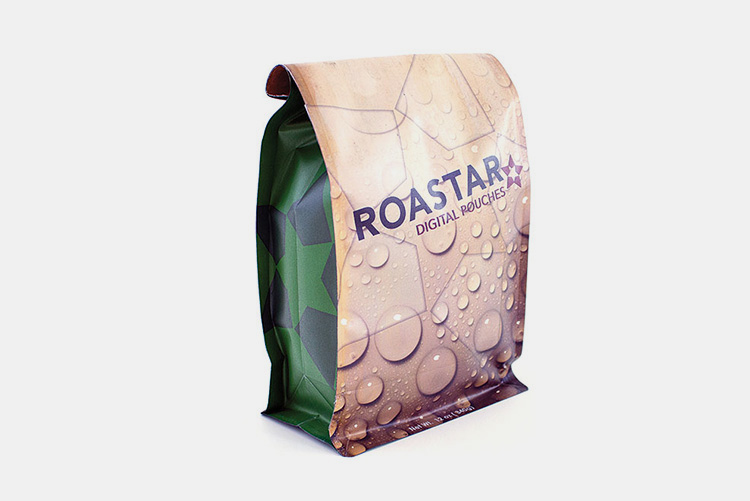 |
| Quad Seal Pouch | It is similar in appearance to flat bottom bags but unlike them, quad seal pouch has flat edges instead of round seams. They are expensive than their flat bottom counter parts. | 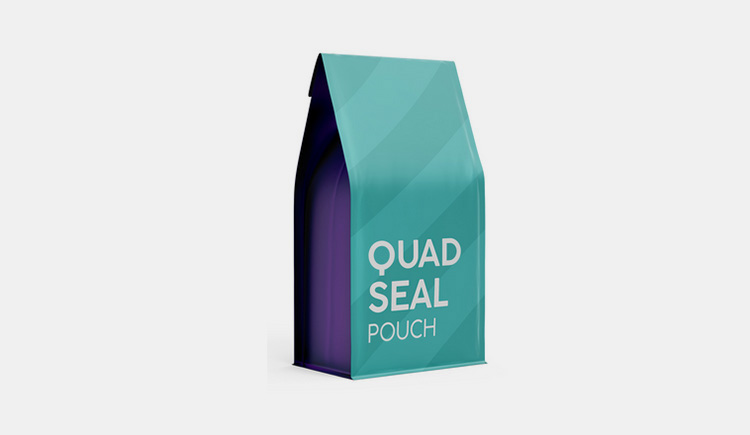 |
| Tin Cans | Tin cans are fairly handy since they are easily resealed thus making them airtight for storing coffee beans. They are durable and sturdy however do not permit gas escape. | 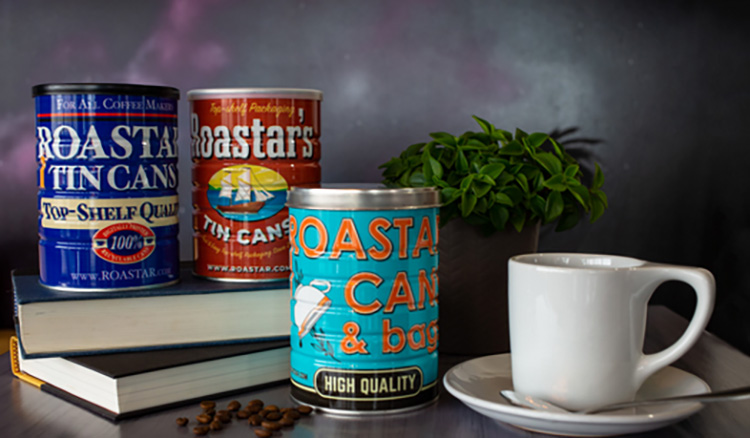 |
5.What Are Trends in Designs of Coffee Bean Packaging?
Coffee is popular beverage of American. 72% of USA population prefers to consume coffee from the comfort of their homes. In order to gain leverage on their competitors, brand owner use trendy designs to attract their consumers’ attention.
Some latest and recent design trends for packaging coffee beans are:
Maximalist Design a New In
In recent years, minimalist designs were the main contender in designing coffee bean packaging but now maximalist design are on the design. Consumers tend to go towards vibrant, bold, and vivid designs.
Sleek and Uncluttered
Sleek design with simple color hues of white, sliver, and gold is the choice of high end consumers. The bronze patterns on white background invoke the feeling of exclusivity in luxury buyers.
Art Centric Illustration
Brand owners use bright illustration, expressive colors, layering, and moving graphics to entice artistic coffee lovers. Visual packaging with custom art is distinctive choice to promote brand identity.
Green Packaging
Fully recyclable and decomposable packaging has become a trend nowadays. Customers consider this packaging ethical and value it over other packaging forms.
6.What Materials are Used in Coffee Bean Packaging?
When it comes to coffee bean packaging, there is wide range of materials available in market. You can choose any one of them depending upon your product requirement and your budget.
Some examples of coffee bean packaging materials are:
PET plastic
It is used for making coffee bean pouches because of its mechanical strength, stability, temperature resistance and neat appearance.
Aluminum
This metal is routinely used for packaging coffee beans due to its excellent barrier properties against oxygen and moisture. Moreover it can be easily bended into any shape because of its good malleability and ductility.
Paper
It is used for making kraft bags. These pouches are plain and have home-craft vibes. Paper is less pricey and easily bought without much burden on wallet. However, it requires additional materials such as stickers or adhesives for labeling.
BOPP
This film material is used for achieving matte finishing in packaging containers. It has high glossy, superior printing capability and extreme mechanical strength.
Polyester
This material is specifically used for coffee bean packaging. It can be molded into any style and shape and is best known for protecting coffee beans against UV light. Furthermore, they are good for printing special artworks.
Biodegradable Materials
Nowadays, brand owners are switching to biodegradable films for packaging coffee beans. These films are usually produced from cornstarch and hemp. These packaging films are fancied by environment conscious clients since they can be recycled easily. However, they come with quite a price.
7.What Are The Ways To Maximize The Branding Of Coffee Bean Packaging?
By creating a perfect cocktail of customized packaging with sustainability you can embody the spirit of innovation with environment conscious approach. This will highlight your brand values and increase impulse buying.
Distinctive Packaging Styles
Opt for creative packaging style for instance paper tubes, trays, and sleeves for boosting the appeal for your coffee beans. This is failsafe way to attract your possible buyers.
Moving Art
Motion pictures and arts increase excitement and bring fresher look. Action feature packaging fashion a sensory experience for buyer, magnetizing them towards your product.
Thinking beyond Simple Pouch
Artistically design container features pockets for insert is used as handy tool not only for appealing customers but also educating them. Coffee cards in included in packaging for communicating buyer about flavor kind and blend of coffee beans.
Product Placement
One important aspect of marketing your brand is product placement on retail or grocery shops. Right placement provides you significant edge on your competitors. Combination of colors, images, and styles that is in line with your brand catches the attention of buyers.
8.What Are The Different Coffee Bean Packaging Machines Available?
Automated coffee bean packaging machines are imperative in meeting huge demand and supply of coffee beans. Some important coffee bean packaging machines are penned below:
Vertical Form Fill and Seal Machine
The reason these instruments are commonly used in industry is that they require small floor space thus can be easily accommodated in plants with space constraints. Beside this, these devices can handle many pouch formats such as doypack, flat bottom bags, gusset bags, etc.
Working
The packaging process begins with uncoiling of films via unwinding devices. The films after traveling across dancer arms move to forming unit. The bag is formed from film according to length programmed in HMI. Sealing jaws are employed for heating and gluing of film layers after dosing coffee beans in bags.
Coffee Packaging Machines
They are utilized for packaging coffee beans as well as loose granular powdery coffee. Coffee packaging machines have cutting-edge technology for dosing coffee beans in bags or bottles. These devices use volumetric or screw filling for packaging various volumes of coffee beans.
Working
The working principle of coffee packaging machine is similar to that of filling and sealing machines. Pouches to be filled are placed on sealing plate under high vacuum setting. Auger screw fillers are used for filling of coffee beans.
Premade Pouch FillingMachine
These premade pouch filling machines have lowest buying cost and have ergonomic design. They process already fabricated bags thus there is no need of forming bags. They are equipped with dust collection hoods and vacuum drive belts to lower the chance of accidents while filling.
Working
The premade pouches are loaded in magazine and are transported to interior of machine via grippers. The pouches are opened one-by-one, inflated by blowing air, filled with coffee beans, and then sealed using sealing elements.
Can/Jar Filling Machines
These are high speed machines with advanced controls and sensors for troubleshooting and diagnosis the faults in systems. PLC control and HMI touch screen offered with these devices make programming and supervising operation convenient.
Working
Sterilized containers (jars, cans, and bottles) are loaded on machine conveyors. These packaging containers are transported to filling area where required amount of coffee beans are packed inside them. Finally they moved to capping area for insertion and fitting of caps and lids on mouths of opened containers.
Doypack Machine
These doypack machines are highly efficient in packing granular products especially coffee beans in wide ranging bag styles like zipper or sprout bags, compound bags, standup pouches, etc. The setting of temperature, pressure, and filling volume is adjusted by one click on machine interface. Faster packaging speeds are achieved by machine CAM design.
Working
Empty pouches are moved to filling area one at a time for filling coffee beans in standup pouches. The auger fillers or weigh fillers installed with these devices gradually fill empty bags. Afterwards, sealing bars using high temperature seal the top side of filled bags.
9.How To Design PerfectCoffee Bean Packaging?
It is important to innovatively design your packaging that reflects the values of your brand. Consumers solely buy your coffee beans on the basis of packaging and information conveyed on labeling.
Some useful tips for designing your coffee bean packaging are:
Material
Choose a material that is food-safe and suitable for storing coffee beans.
Airtight
Make sure the packaging is airtight to preserve the freshness of the coffee beans.
Barrier Properties
Ensure that the packaging provides sufficient protection against light, moisture and oxygen to keep the coffee beans fresh.
Convenient for users
Make the packaging user-friendly, with features like re-sealable zippers or easy-to-open lids.
Sustainability
Choose eco-friendly materials and designs that minimize waste and promote sustainability.
Packaging Size
Offer different packaging sizes to cater to the needs of different customers.
Cost-effectiveness
Design a packaging that is cost-effective and fits your budget.
Clear Brand Information
1 in 4 consumers stop to read product information thus include your brand logo, address and website on packaging. Mention your specialty and details regarding your values, mission, cause, to stand out in eyes of buyers.
Copy Writing
Your packaging labeling has a major role in selling your coffee beans. Your copywriting should be concise, captivating, and authentic. Writing your brand story is best bet that wins the heart of many patrons.
Color and Emotions
Bold and energetic colors on packaging tend to give warm and welcoming vibes. Various color combinations evoke strong emotions in customers. Green color is linked with eco-friendly packaging. Select the right cocktails of colors to engage your target audience.
Creative Typography
Distinctive lettering and typography go a long way in brand building. Consistent typography like streamline lettering attracts the customers towards packaged coffee beans. You can add contrast topography for emphasis and drawing your consumers in.
By considering above mentioned points, you can design a perfect coffee bean packaging that meets the needs of your customers and stands out on the shelf.
10.What Are Special Requirements of Coffee Bean Packaging?
Coffee beans quickly lose their flavor upon exposure to oxidative environment and moisture. Therefore, there are some special requirements for packaging coffee beans for retaining their freshness and flavor.
Vacuum Packing
It is vital in preventing oxidation of molecules in coffee beans. By using vacuum, air is removed from the container for decreasing flavor loss.
Gas Flushing
It is another way to remove oxygen from the container. Mixture of inert gases such as nitrogen and hydrogen etc displace oxygen for generating oxygen free surrounding in packaging.
Degassing Valves
It is important measure to prevent exploding of bags. The freshly roasted coffee beans emit carbon dioxide which is discharged by bag through one-way degassing valves. Moreover, these opening also inhibit entry of oxygen in packs.
11.How To Increase Coffee Bean Packaging Sustainability?
About half of USA consumers are concerned about the impact of packaging on the ecosystems and it has been reported that 60-70% of patrons are willing to pay additional prices if coffee beans comes in eco-friendly packaging.
Hence band owners are striving to introduce new sustainable packaging materials to cater the needs of these consumers.
Composite Bags
These bags are made of seven composite layers such as PP/PE or PE/PE with EVOH copolymer or SiO2 as barrier films. They have high recycling ratio. They are used for increasing sustainability of coffee bean packaging
Plastic Alternatives
Rice paper, sugar cane or sugar beet resins are considered as plastic alternatives. These are made of renewable materials and 100% recycling rate. Furthermore, these materials are compatible with digital graphics.
Sustainable Inks
Yes, inks and labels also contribute to carbon footprint. Sustainable inks are low volatile organic molecules resistant to moisture and heat. They are easily decomposed, degraded and recycled.
12.What Packaging Container Keeps Coffee Bean Fresh?
The quality and freshness of coffee beans is affected by light, oxygen, water, and heat. All these factors break down fats and oils in coffee beans thus decreasing their flavor. Airtight and opaque packaging is vital in keeping coffee bean fresh.
Mason jars, aluminum or tin cans, and non-transparent containers are best for keeping coffee beans fresh.
Resealable pouches with zippers or ties are suitable for storing coffee beans. Aluminum, polyethylene, and laminated pouches offer highest possible protection against environmental agents.
Before resealing these pouches always squeeze air to maximum for maintaining flavor and aroma of coffee beans.
13.How Long Coffee Bean Packaging Lasts?
Flavor of coffee beans loses its potency if improperly stored. A weak coffee cup has a slight off taste and is not well received by many coffee lovers. A sealed bag of coffee beans is good for twelve months if you placed it in cold, dark, and temperate setting.
An opened bag of coffee beans if stored in airtight container is good for at least 6 months. Less air exposure increases the shelf life of coffee beans.
For longer life simply place the bag of unopened coffee beans in freezer which leads to slower oxidation and thus extends shelf life of coffee beans about 2-3 years.
14.What Are The Factors To Consider Before Coffee Bean Packaging?
The right packaging for coffee beans will draw in more customers therefore bringing you more revenue. It is essential that you think hard before selecting packaging for coffee beans product.
Some factors that should be considered for choosing coffee bean packaging are:
Bag Size
The price of end product, design, and retail shelf space largely depend upon bag size. Some widely used bag sizes are:
- 8 ounce
- 10 ounce
- 2 pounds
- 5 pounds
In North America, 12 oz and 5 pounds coffee beans bags are commonly used therefore, these sizes are more reasonably priced.
Filling Process
Startup or small roasters generally go for manual or semi-automatic coffee bean filling. Therefore, the bag should have wide opening for easy filling. Side fold bag are more useful in this aspect.
Resealing
Reclosing feature is fancied by consumers, who prefer to keep coffee beans in original packs. Tape closures are the cheapest resealing option. Selection of resealing bag measure depends upon product target consumers. Bag without reclosable strips are mostly purchased by coffee shops.
Labeling
Coffee connoisseurs love labeling since they communicate little details about roasters. Label should be compatible with the material of pouch itself. Smaller clean label work best for customized pouches.
Conclusion
The market of coffee bean packaging is on the rise in recent years. Modern look with contemporary design, vibrant colors and moving art is trendy in coffee bean packaging. Brand owners use innovative styles and sustainable materials to enthrall their buyer. Coffee bean packaging if crafted meaningfully pull customers towards retail shelves for impulse buying. If you have any more info regarding coffee bean packaging, you are welcome to contact our customer care helpline.
Don't forget to share this post!
Powder Filling Machine Related Products
Powder Filling Machine Related Posts
Powder Filling Machine Related Videos
CONTACT US
Tell us your raw material and project budget to get quotations within 24 hours.
WhatsApp Us: +86 189 7157 0951

Want the best price & newest pharmaceutical machinery buying guide,tips and trends sent straightly to your box?Sign up for AIPAK’s monthly newsletter,we’re free for your consultation and Offer you the most suitable solutions!
The Buyer's Guide
- Capsule Filling Buyer's Guide
- Blister Packaging Buyer's Guide
- Tablet Counting Buyer's Guide
- Tube Filling Buyer's Guide
- Cartoning Buyer's Guide
- Gummy Making Buyer's Guide
- CO2 Extraction Buyer's Guide
- Empty Capsules Buyer's Guide
- Suppository Filling Buyer's Guide
- Tablet Coating Buyer's Guide
- Tablet Press Buyer's Guide
- Softgel Encapsulation Buyer's Guide
Most Popular
- 7 Importance Of Pharmaceutical Packaging In Different Applications You Must Know
- 6 Advantages You Must Know About Tablet Counting Machine
- 8 Advantages of Blister Packaging You Must Know
- 6 Critical Applications of Automatic Capsule Filling Machine
- 6 Stations You must Know to Improve the Filling Quality of Automatic Capsule Filling Machine


